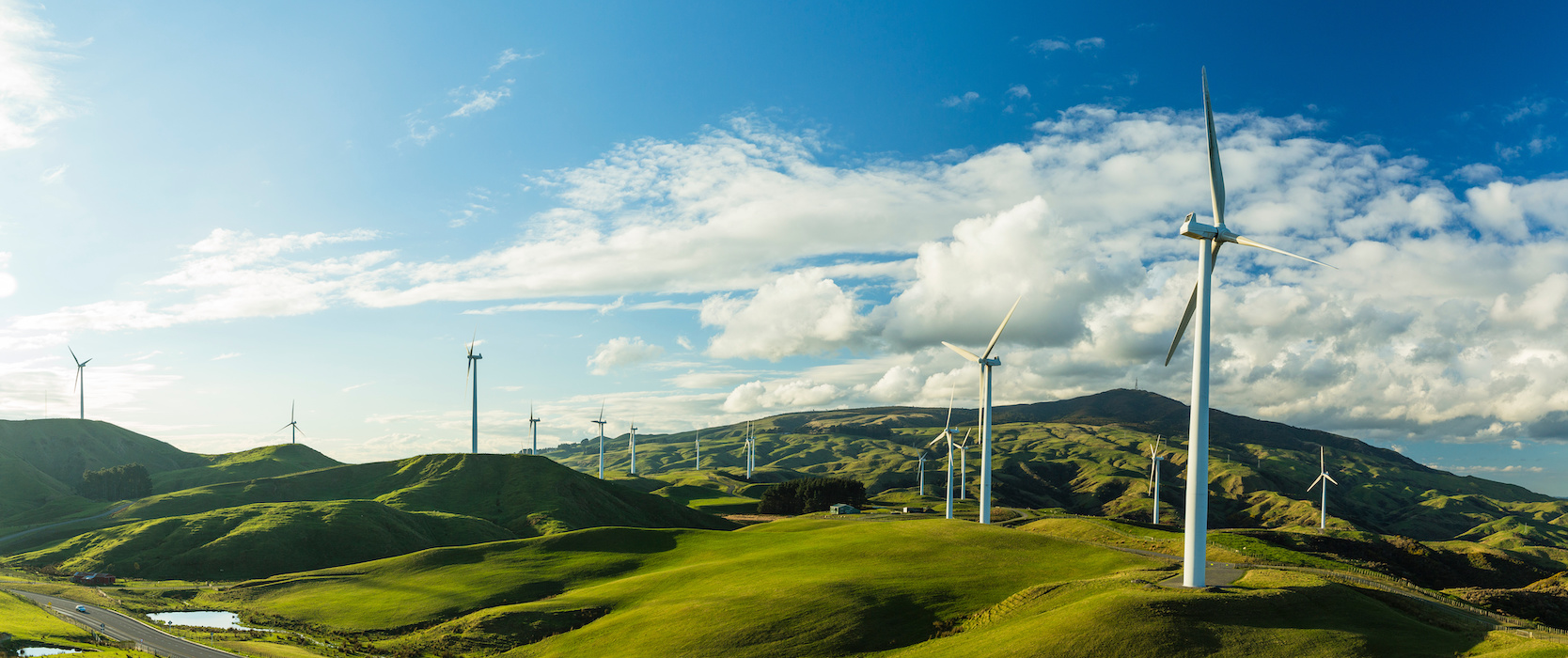Global Onshore Wind Market Review

About
The report provides an insight into the Global Onshore Wind market. The findings of the report are based on research conducted by Pan American Finance (PAF) and its research partner Alchemy Research and Analytics. The report provides an overview of the Global Onshore Wind industry with insights on prevailing market conditions encompassing recent trends and drivers, challenges, and outlook in major countries across Europe and Americas. The report starts with a high-level view on the dynamics of the industry, touching upon the regional variations and analysing the implications of the same. It then profiles the major markets country-wise, to provide a holistic view of the state of the industry in these countries, highlighting the growth opportunities, demand drivers and prevalent challenges. Macroeconomic data was sourced from the publications of multilateral institutions such as the International Monetary Fund (IMF). The industry-specific data is attributed to industry associations, Government authorities / statistical departments, Bloomberg New Energy Finance (BNEF) and International Energy Agency (IEA). This was supplemented by news reports, trade journals and related sources.
The report is an outcome of a collaboration between PAF and its research partner Alchemy Research and Analytics and was completed between June and September 2022.
We would like to thank the following executives for their contribution in preparing the report:
- L. Warren Pimm, CFA
Partner & Sr. Managing Director
Pan American Finance - Pedro Obregon
Vice President
Pan American Finance - Tapas Bhowmik
Senior Manager
Alchemy Research and Analytics - Souradeep Basu
Associate Manager
Alchemy Research and Analytics - Rugvedi Desai
Senior Analyst
Alchemy Research and Analytics - Maurya Mukherjee
Senior Analyst
Alchemy Research and Analytics
Executive Summary
Slowdown in Growth Due to Market Maturity and Institutional Delays
The onshore wind industry has gradually been approaching maturity across markets globally. It is an established technology with minimal scope for changes. The project cost is range-bound after providing for local factors, while most resource rich locations are exhausted. In such a backdrop, the industry’s dynamics assume importance, especially as competitive options in solar and offshore wind are poised to tip the scales in the renewable energy mix. At 769GW, the installed onshore wind generation capacity held a quarter of the global renewable energy mix by the end of 2021. It has been significant progress since 2012, when the share was 18%. But considering recent years’ growth, the relative share of onshore wind is somewhat stagnant – 23% between 2017 and 2019. The pace and volume of capacity addition lagged in recent years. In leading European markets, such as Germany, the challenges have been in permitting delays. In contrast, for others, competitive options in renewable energy (mainly solar) puts wind capacity under pressure
Technology Neutral Auctions & Subsidy Termination is the new Normal
For practically all countries, competitive auctions are the preferred route for capacity allocation. There are technology-neutral auctions where onshore wind developers are pitted against utility-scale solar and other renewable energy forms. Yet, based on the factors at play, the onshore wind projects appear to be holding on their own. The Spanish auctions in November 2021 had onshore wind developers winning the bid in a technology-neutral tender. The price discovery process through the auctions is seen mainly across the markets, with project bids aligned to general average capital costs adjusting for the local development factors. Both developers and equipment manufacturers chase narrow project margins to achieve cost and returns. Such a trend got reinforced as markets ditched the subsidies in favour of auctions
Evolving Market Dynamics
Wind turbine technology has also evolved – larger sizes, higher capacity ratings, taller structures, and increased rotor diameters, to cite a few. The developers, meanwhile, are adopting hybrid wind power generation, mostly involving attached battery-based storage. The US is one of the leading markets in this regard. In 2021, 41 hybrid plants (worth 2.4GW) were in operation in the US. Regulatory authorities are also taking note of hybridization, as observed in the Indian wind power auctions. While the demand side of the business is intact (due to policy objectives in renewable energy), the supply side faces challenges, albeit of short-term nature. The leading equipment manufacturers face profitability challenges due to years of narrow margins and aggressive pricing. This is being reversed. There are expectations that this could dampen some demand for the time being till the equilibrium reaches. It could also mean that, in some cases, the cost advantage of the wind power plants is eroded. In the long-term, though, it will help the equipment business align to market realities for growth
Investment & Policy Support is Vital Going Forward
The market outlook for onshore wind business points to a recovery in capacity addition rate by the end-2022. As per the BNEF estimates, new onshore installations could be 90GW – 97GW between 2023 and 2025. The European region’s urgency to accelerate renewable energy projects (due to the energy crisis imposed by the Russian conflict) acts as a fillip for the onshore wind segment. Furthermore, repowering is emerging as a preferred option in certain pockets, as developers are keen to capitalise on the higher market prices in the aftermath of the energy crisis. The potential is much higher than most project pipeline trackers suggest – the critical bottlenecks arising from procedural delays, local community issues, or transmission interconnection constraints impact capacity realisation. The onshore wind industry’s growth will, therefore, be through many factors, spanning energy transition policies, equipment supply chain and technologies, project development costs, and investment commitments

